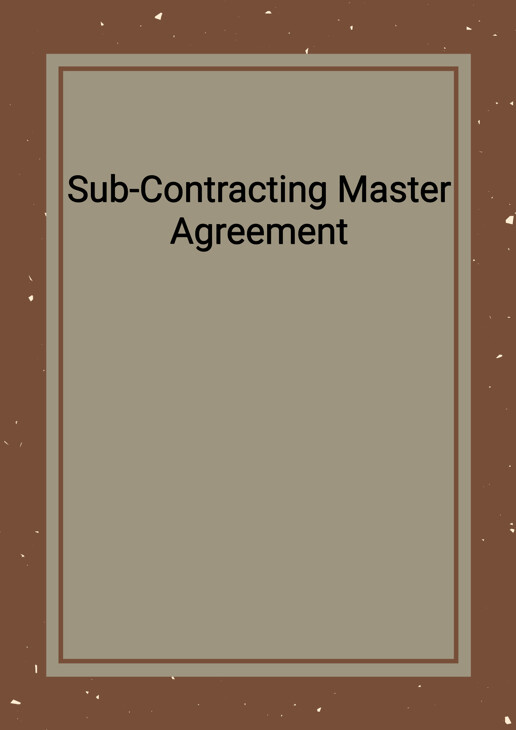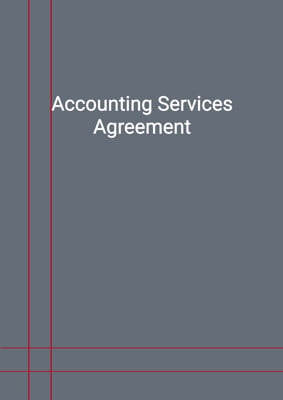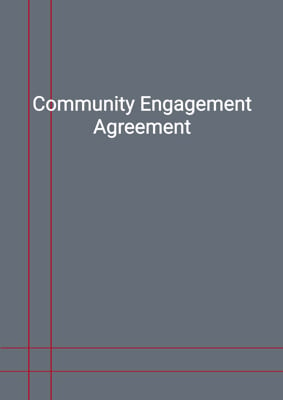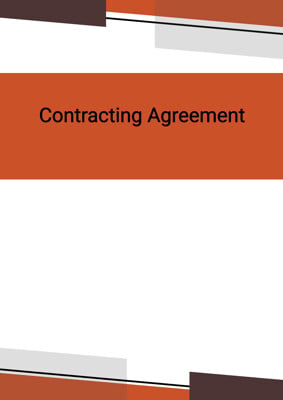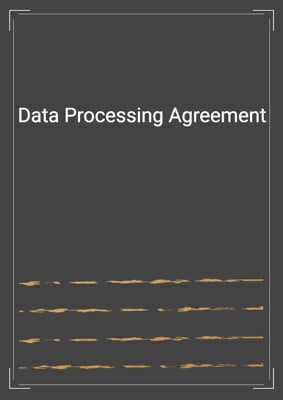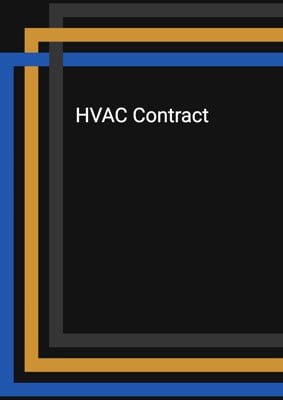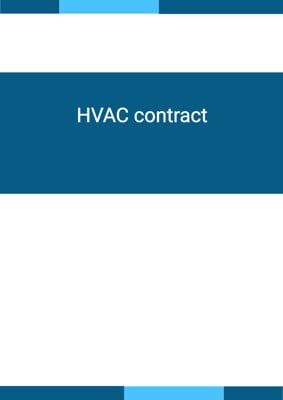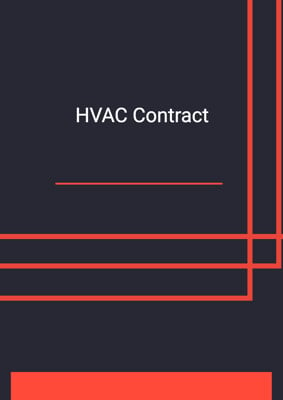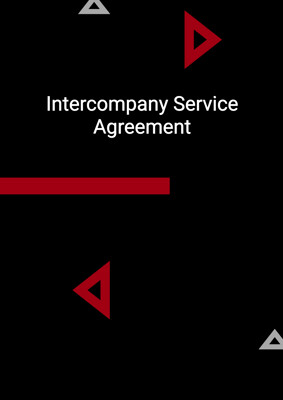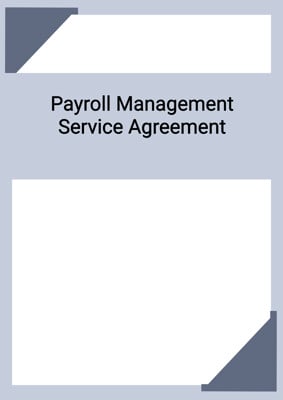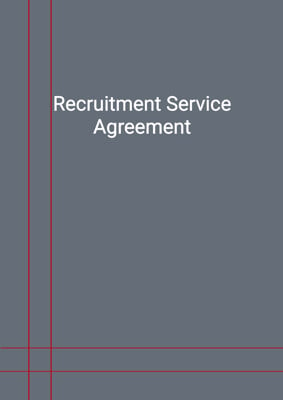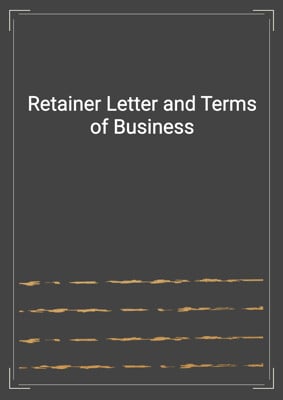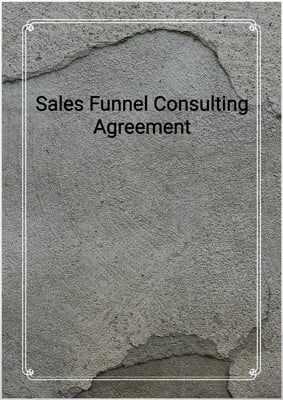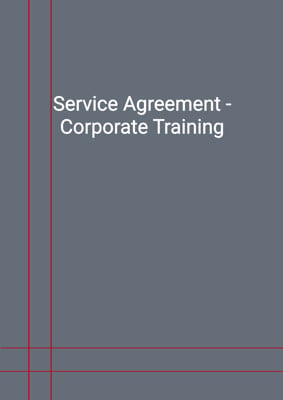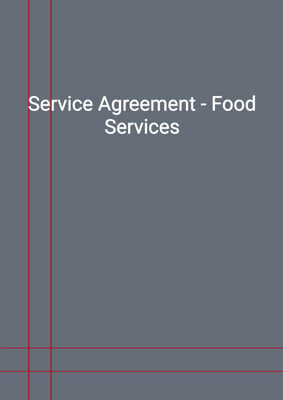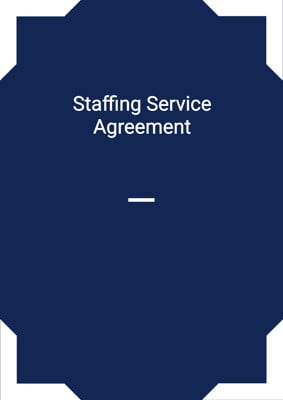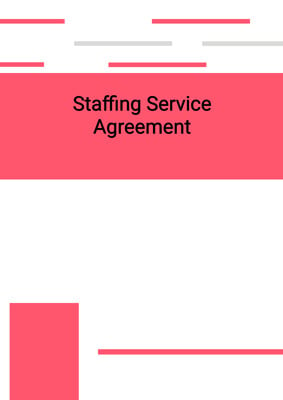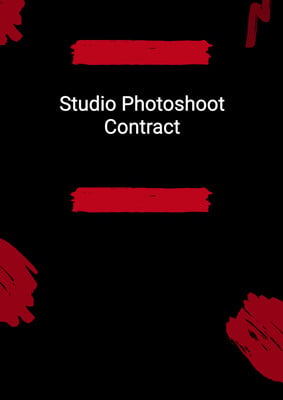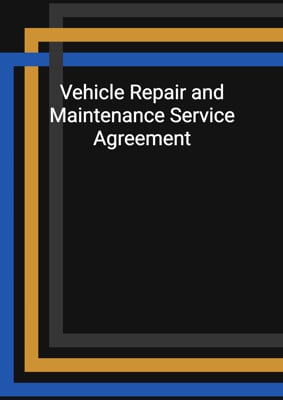How to Tailor the Document for Your Need?
01
Create Document
Fill in the details of the parties. You can click the "Fill with Member’s Information" button to complete it with information saved to your account.
02
Fill Information
Please fill in any additional information by following the step-by-step guide on the left hand side of the preview document and click the "Next" button.
03
Get Document
When you are done, click the "Get Document" button and you can download the document in Word or PDF format.
04
Review Document
Please get all parties to review the document carefully and make any final modifications to ensure that the details are correct before signing the document.
Document Preview
Document Description
The Sub-Contracting Master Agreement is a document that outlines the terms and conditions between a sub-contractor and a company for the provision of services to the company's customers. The agreement is important as it establishes the rights and obligations of both parties, ensuring clarity and preventing any misunderstandings.
The entire document is divided into multiple sections, each addressing different aspects of the agreement. The first section is the interpretation section, which provides definitions for key terms used throughout the agreement. This ensures that both parties have a clear understanding of the terms being used.
The second section outlines the sub-contractor's obligations. It specifies that the sub-contractor agrees to perform the services as specified in the job orders, directly for the company's customers. The sub-contractor is required to carry out the job with due care and diligence, complying with any instructions or variations issued by the company. They must also comply with any applicable statutes, regulations, or bylaws.
The third section focuses on job orders. It states that each job order is considered part of the agreement and binding upon both parties. The job order must be dated, signed by both the company and the sub-contractor, and specifically refer to the agreement as the governing contract. The completion date for the job is specified in the job order, and if the job is not completed by that date, the company is entitled to liquidated damages.
The fourth section addresses warranties from the sub-contractor. It states that any quality issues with the work product within the warranty period will be promptly rectified by the sub-contractor at their own expense. The sub-contractor also warrants that they have secured all necessary licenses and bonds for the services and that the services will be performed in accordance with applicable laws and regulations. They further warrant that the performance of their duties and any deliverables will not infringe any third-party rights.
The fifth section establishes the sub-contractor as an independent contractor. It specifies that the sub-contractor will provide contractor(s) with the required qualifications to perform the services. The customer and the company have the right to interview and request substitutions or removal of contractor(s). The sub-contractor is responsible for ensuring that all contractor(s) are properly trained and equipped. While on the customer's premises, the contractor(s) will be under the direction and control of the customer. The sub-contractor is responsible for all wages, benefits, and compensation to their employees and subcontractors.
The sixth section addresses conflicts of interest and non-solicitation. It prohibits the sub-contractor from entering into any agreements or obligations that may impede the execution of the agreement or create conflicts with the customers. It also prohibits the sub-contractor from recruiting or soliciting the customers for a specified period of time.
The seventh section states that no modifications to the agreement will be valid unless in writing and agreed upon by both parties. The eighth section specifies the payment terms, stating that the company will pay the agreed price to the sub-contractor within a specified number of days after completion of the job and the issuance of an invoice.
The ninth section addresses injury, damage, and insurance. It states that the sub-contractor is liable for any expenses, liabilities, losses, claims, or proceedings arising from personal injury or property damage during the job. The sub-contractor is required to maintain appropriate insurance coverage to cover such liabilities.
The tenth section emphasizes that all personnel used by the sub-contractor are deemed employees or subcontractors of the sub-contractor and not employees or agents of the company. The sub-contractor assumes full responsibility for the actions and compensation of their personnel.
The eleventh section addresses the rights in work product. It states that all work product resulting from the agreement belongs to the company. The sub-contractor agrees that the deliverables are considered works made for hire, and the company is deemed the author for copyright purposes. The sub-contractor is required to execute any documents necessary to vest ownership in the company.
The twelfth section focuses on confidentiality. It states that any confidential information disclosed to the sub-contractor shall be held in confidence and used only for the purposes of performing the services. The sub-contractor is prohibited from disclosing the confidential information without prior written consent.
The thirteenth section outlines the termination rights of both parties. Either party may terminate the agreement in certain circumstances, such as bankruptcy or failure to proceed diligently with the job. In the event of termination, the sub-contractor must give up possession of the job site and deliver any relevant documents or materials.
The fourteenth section prohibits the sub-contractor from assigning the agreement or subcontracting the performance without the company's written consent. The fifteenth section clarifies that the agreement does not confer any rights on third parties.
The sixteenth section encourages the parties to resolve any disputes amicably and in good faith. The seventeenth section specifies the rules for giving notices and service between the parties, including the acceptable methods and timing of delivery.
The agreement concludes with the signatures of the authorized representatives of both parties, indicating their acceptance and agreement to the terms outlined in the document.
How to use this document?
1. Review the definitions provided in the interpretation section to ensure a clear understanding of the terms used throughout the agreement.
2. Familiarize yourself with the sub-contractor's obligations, including the requirement to perform the services specified in the job orders with care and diligence.
3. Understand the importance of job orders and their binding nature. Ensure that each job order is dated, signed by both parties, and refers to the agreement as the governing contract.
4. Pay attention to the warranties provided by the sub-contractor, particularly regarding the quality of work and the absence of infringement on third-party rights.
5. Recognize the independent contractor status of the sub-contractor and their responsibility for the qualifications and compensation of their contractor(s).
6. Adhere to the restrictions on conflicts of interest and non-solicitation, avoiding any agreements or actions that may impede the execution of the agreement or create conflicts with the customers.
7. Understand that modifications to the agreement must be in writing and agreed upon by both parties.
8. Ensure compliance with the payment terms, including the specified timeframe for payment after completion of the job and issuance of an invoice.
9. Take necessary precautions to prevent personal injury or property damage during the job, and maintain appropriate insurance coverage.
10. Clarify the responsibilities of the sub-contractor for their personnel, including compensation and compliance with applicable laws.
11. Recognize that all work product resulting from the agreement belongs to the company, and obtain necessary consents and assignments of copyright.
12. Maintain confidentiality of any confidential information disclosed during the performance of the services.
13. Understand the termination rights of both parties and the consequences of termination, including the return of documents and materials.
14. Seek written consent from the company before assigning the agreement or subcontracting the performance.
15. Remember that the agreement does not confer any rights on third parties.
16. In case of disputes, make efforts to resolve them amicably and in good faith.
17. Follow the specified rules for giving notices and service, ensuring timely and appropriate communication between the parties.
Not the right document?
Don’t worry, we have thousands of documents for you to choose from:
